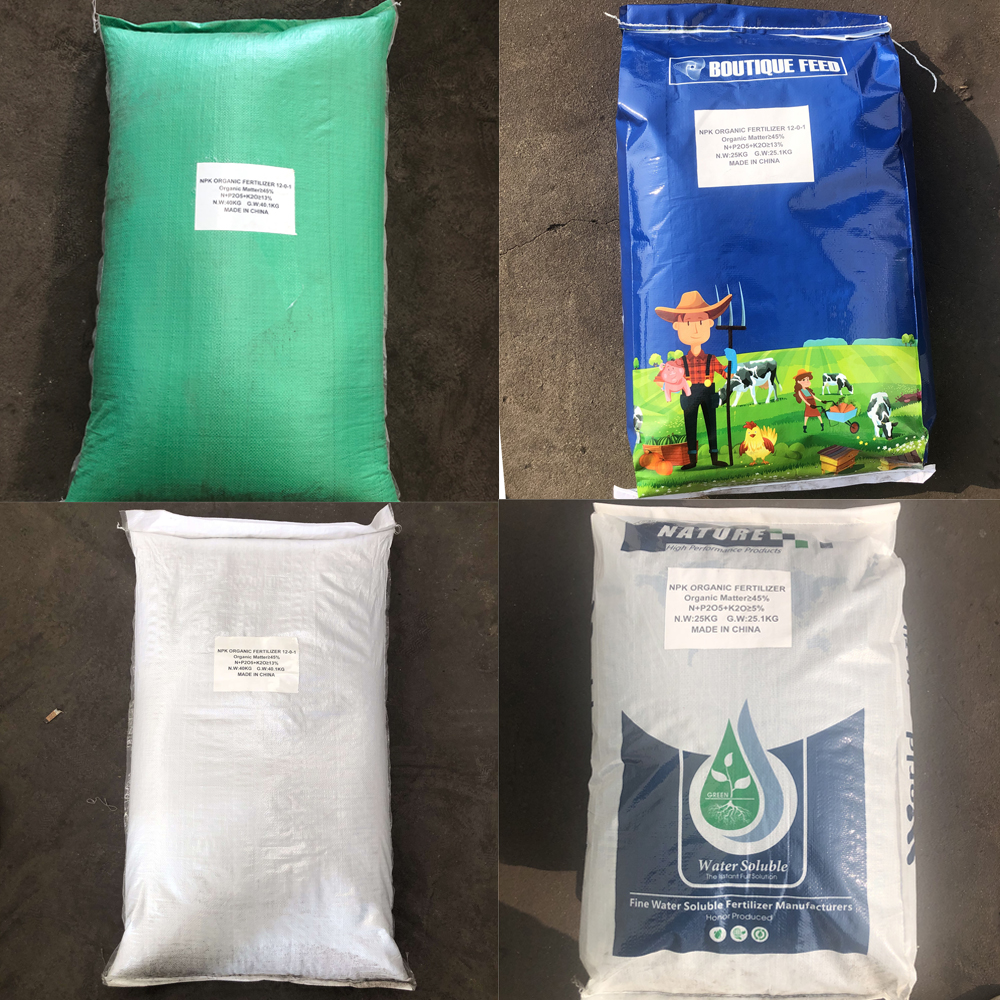
Oct . 31, 2024 17:59 Back to list
Optimal NPK Fertilizer Blend for Enhanced Plant Growth 10-30-10 Ratio
Understanding NPK Fertilizers A Focus on 10-30-10
Fertilizers play a crucial role in modern agriculture, providing the essential nutrients that plants need for healthy growth and optimal yield. Among the various types of fertilizers available, NPK fertilizers are particularly popular due to their balanced formula that includes nitrogen (N), phosphorus (P), and potassium (K). In this article, we will explore the specifics of a widely used NPK fertilizer formulation 10-30-10.
What Does 10-30-10 Mean?
The numbers in the fertilizer label, such as 10-30-10, represent the percentage by weight of each nutrient contained in the product. In this formulation
- Nitrogen (N) - 10% Nitrogen is essential for the growth of plants. It is a key component of amino acids and proteins, which are vital for plant structure and function. A nitrogen content of 10% in this fertilizer promotes leafy, vigorous growth, particularly beneficial for vegetative states in plants.
- Phosphorus (P) - 30% Phosphorus is critical for energy transfer, photosynthesis, and the formation of DNA and RNA in plants. A higher concentration of phosphorus (30% in this case) makes the 10-30-10 fertilizer particularly valuable for root development and flowering. This is especially useful for flowering plants and vegetables that require a robust root system and strong blooms.
- Potassium (K) - 10% Potassium is often referred to as the regulator nutrient, playing a significant role in various physiological processes, including water regulation, enzyme activation, and overall disease resistance. The 10% potassium in this fertilizer aids in producing fruit, enhancing flavor, and improving overall resilience to environmental stresses.
Ideal Uses for 10-30-10 Fertilizer
The 10-30-10 NPK fertilizer is ideal for various applications, particularly for users looking to enhance flowering and fruiting phases in their plants. Here are some specific uses
best npk fertilizer 10 30 10

2. Vegetables For vegetable gardens, especially those growing root vegetables or fruiting crops like tomatoes and peppers, the upper phosphorus levels support root strength, boost flowering, and enhance fruit development.
3. Transplanting When planting new seedlings or transplanting, using a 10-30-10 fertilizer can provide essential nutrients to help establish strong roots and vigorous growth.
Application Tips
To achieve the best results when using 10-30-10 fertilizer, it's essential to follow some guidelines
- Timing Apply the fertilizer during the growing season, particularly when plants are actively developing flowers and fruits. - Method A side-dressing application, where fertilizer is spread alongside the plants, can be effective. Alternatively, a diluted solution can be used for watering if the product is designed for liquid application.
- Soil Testing Before application, consider testing your soil to ensure that additional fertilization is necessary and to avoid nutrient imbalances.
Conclusion
The 10-30-10 NPK fertilizer serves as an excellent choice for gardeners and farmers looking to optimize their crops' health and productivity. By understanding the specific roles of nitrogen, phosphorus, and potassium, users can tailor their fertilization strategies to meet their plants' needs, ultimately leading to flourishing gardens and bountiful harvests.
-
High-Efficiency Plant Soil Water Soluble Fertilizer Reliable Manufacturer
NewsApr.29,2025
-
High-Potassium Organic K Fertilizer 7-2-4 Supplier & Manufacturer
NewsApr.29,2025
-
10-54-10 High-Phosphate Fertilizer NPK Blend for Root Growth
NewsApr.28,2025
-
NPK 8-2-12-4 & 20-20-20 Compound Fertilizer Suppliers Crop Boost
NewsApr.28,2025
-
Premium 50 lb Fertilizer Bags Bulk Supplier & Factory Deals
NewsApr.28,2025
-
Different Types of NPK Fertilizer Manufacturer & Supplier Custom Blends
NewsApr.28,2025
